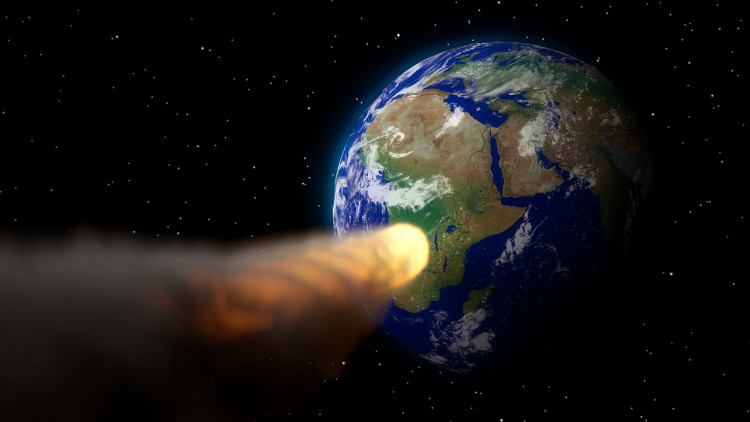Based on the latest high-precision orbit measurements conducted by the NASA Jet Propulsion Laboratory (JPL), it has been reported that Asteroid 2020 VC7 will not impact Earth in the near future.
However, it is still classified as a Near-Earth Object (NEO), i.e., an asteroid whose orbit is close to the Earth's orbit. These asteroids are closely watched, and due to high-precision location measurements and celestial mechanic calculations, their orbit is generally known with a high degree of precision.
According to NASA, the nearest approach of Asteroid (NEO) 2020 VC7 to Earth occurs on Friday. Dec. 11, at a distance of 0,037542 Astronomical Units, or 5,616,211 kilometers. To add some context, the average distance between the Earth and the Moon is 384,400km, while the nearest planet Mars, is 107.99 million km distant. Hence, there is no cause for concern, as this space rock will travel peacefully past our planet in the coming hours.
Incredibly, astronomers have been able to accurately calculate this ludicrous space rock as being up to 320ft (96m) across at its widest. Again for context, the 2020 VC7 is the rough height of the Statue of Liberty in New York.
The asteroid is now estimated to be hurtling into the inky blackness of space at 6.96 km/s, which translates to an astounding 38,000 mph. While not as fast compared to other asteroids, it's still about twenty times quicker than a speed bullet.
Combining those speed and daunting scales means that this asteroid is capable of creating apocalyptic havoc if it crashes into a city - something that neither this nor any other known asteroid of comparable dimensions is known to do anytime soon.
2020 VC7 is not the only asteroid to make its appearance known on Friday. NASA also stated that the significantly smaller and quicker space rock named 2020 XQ1 would surface at 9.56 am GMT 4.56 am ET on Dec. 11.
In recent months, asteroids have been making headlines around the world.
Japan's space agency JAXA made headlines this week when its daring asteroid samples landed on the Australian outback last Sunday. The space rock sample came from the near-earth asteroid Ryugu.
And just weeks before that, NASA's OSIRIS-Rex mission team announced that their spacecraft had collected at least 60 grams of Bennu asteroid surface dust. Scientists expect that Bennu's asteroid would also open a window into the early solar system when it started to take shape.
Following the success of the October Touch-And-Go mission, NASA has now directed the spacecraft to begin its journey back to Earth, with the return date set for March next year.





